Review: 2021 Mercedes-Benz A250e plug-in hybrid
This compact four-door hatch is the most affordable electrified Mercedes-Benz, but don't overlook the extras...
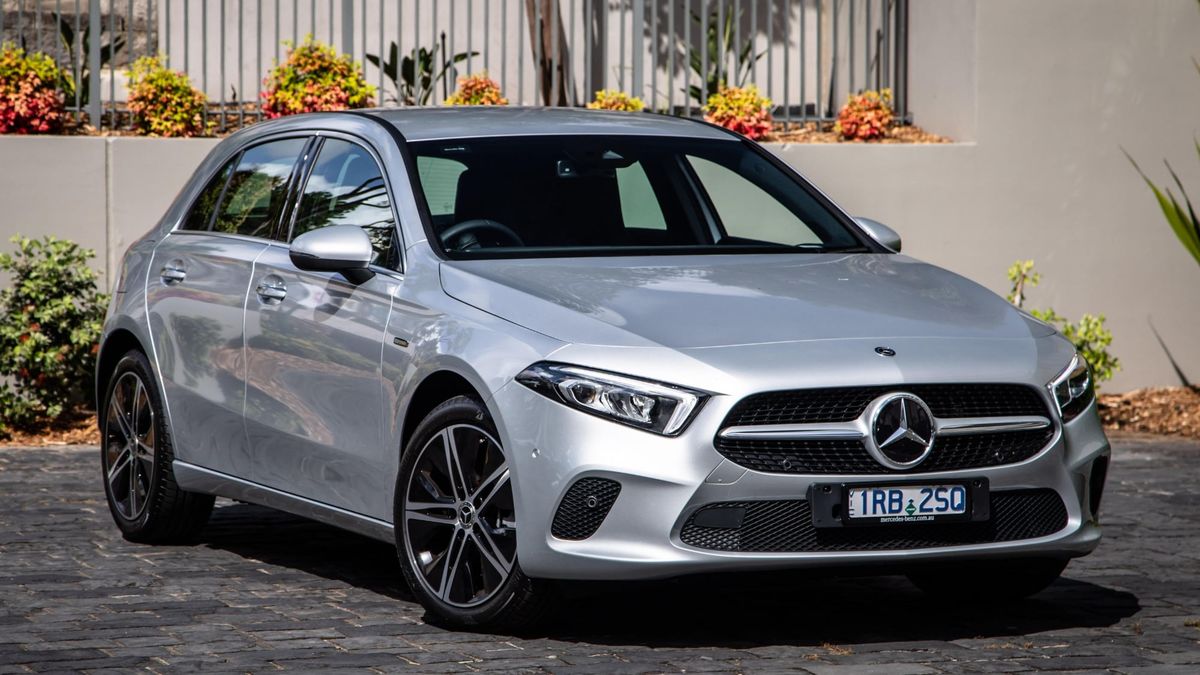
The A250e Hatch looks to have much going for it for buyers keen to dip into cost-conscious Benz electrification.
Efficiency-focused smarts, oodles of tech and eye candy, decent all-electric range claims, spirited performance, and familiar styling inside and out have the makings of an appealing package for some tastes.
And all bundled into what’s the most affordable entry point into Mercedes-Benz EQ Power plug-in hybrid ownership.
Is it the right vehicle for you? That depends on a good many factors, starting with whether the small size, the premium badge or the plug-in hybrid format is your primary drawcard.
Further, it depends largely on what the expected returns are, and on how you intend to use it.
Like any PHEV demanding a premium over a direct petrol-powered substitute – of which Benz has a few – are you in it for cost savings in fuel, the environmental benefit and/or the eco-conscious feel-good factor?
It also depends on how much the owner is willing to invest for these returns: the upfront premium outlay, the added cost for extra charging addenda, the effort in recharging and, to the point of this review, whatever compromise or inconvenience there might be in the daily-driven experience.
Resale? Well, Audi dipped its toe in the water with A3 e-tron plug-in on Oz a few years back and then took it off the market shortly thereafter – it also hasn’t committed to the new A3 40 TFSI e revealed for Europe either.
The A250e, though, looks a more desirable and perhaps safer bet. The A-Class arrives with mature third-generation tech, with some benefit of PHEV progress and boasting credentials promising a better resolved real-world ownership experience.
The little hatchback’s big pitch is electric-only range and the degree of charging convenience are at point where it can be practically used as a dedicated EV to many owners’ urban demands.
The hybrid side of the package can then be treated as a main or side act, depending on the owner’s whim.
Indeed, Mercedes-Benz name-checks A250e’s two logical rivals on price and badge cache, the Mini Countryman PHEV and Volvo XC40 Recharge, and claims longer electric-only range, vastly swifter charging times (infrastructure permitting) and superior performance to both.
How much does the Mercedes-Benz A250e cost?
The A250e Hatch lists for $63,400 plus on-road costs. It’s a slight jump to $66,000 if you prefer the slightly roomier sedan version.
Off the bat, that’s $18,300 pricier than the cheapest A-Class, the A180 Hatch. That’s a lot of kilometres under the A250e’s tyres to recoup the difference in outlay on fuel saving alone.
That said, you’ll need $51,500 list for the front-driven A250 petrol for similar equipment levels and a further $20,600 outlay to step up to the next most-affordable PHEV Benz in the C300e sedan ($84,000 list).
Circa $64,000 buys a fair choice in electrified motoring these days but, keeping it premium and ‘plugged in’, the Mini Countryman Hybrid (PHEV) undercuts the Benz at $60,900 list while the Volvo XC40 Recharge Plug In Hybrid wants for $64,990 before on-roads.
There are, of course, numerous close-circuit petrol-electric hybrid alternatives though that format doesn’t facilitate genuine EV-only daily-driven ranges at wide-ranging driving speeds.
As standard, the A250e supports an AC charge rate of up to 3.7kW and comes with a 240V domestic charger that uses a regular power plug and can deliver up to around 2.0kW of power.
This offers the ability to charge from empty to 100 per cent charge in around seven and a half hours. EV-only range is a maximum of 73 kilometres (claimed).
Need quicker charging? The Wall Box Home AC charger unit costs $1250 and can deliver up to 22kW with three-phase power or 7.4kW on single-phase power.
Using the standard Type 2 plug (at 3.7kW) the claim is up to 100 per cent charge (from empty) in around four and half hours.
Mercedes-Benz also offers the ability to upgrade the onboard AC charger, an option which also brings DC charging capability for public charge infrastructure.
Stumping $1490 for the rapid DC Charging option upgrades AC charging speed to 7.4kW and a full charge is available in, Benz claims, around one hour and 45 minutes.
But its mighty 24kW DC charging functionality – a first for PHEVs – will replenish the battery up to 80 per cent in a rapid 25 minutes.
What do you get?
Unsurprisingly, the A250e offers similar equipment to the middling A250 petrol. And before you ask, the 250 designation fits the PHEV version’s total powertrain output despite the fact that the A250e’s little 1.3-litre petrol engine and individual outputs are much as the same as the lower A200 spec.
The A250e looks like the combustion-only A-Class hatch down to the fake exhaust outlets, although exhaust gas exits underneath the middle of the car.
It sits on 18-inch wheels with run-flats – there’s no spare wheel or inflator kit, though the latter is offered together with the optional 19-inch wheel upgrade.
Also fitted outside are LED headlights with adaptive high-beam functionality, parking sensors, a reversing camera, power-folding mirrors, and rain-sensing wipers.
Inside, the A250e has faux-leather trim, dual 10.25-inch displays for instrumentation and infotainment, keyless go, dual-zone climate control, wireless phone charging, and USB-C ports.
The MBUX infotainment features DAB+/AM/FM radio, satellite navigation, and wired Apple CarPlay and Android Auto. Active Parking Assist with surround sensors is standard though the cruise control is passive rather than adaptive – not exactly ‘luxe’.
Sure, the equipment list might seem merely acceptable for a near-$64,000 small hatchback, but the $12,000 premium over the similarly-specified A250 petrol is offset by the added PHEV complexity, right down to proprietary features in MBUX such as the nifty ‘range cloud’ navigation function that displays an EV range overlay across your mapping.
Worth a mention is that the front-driven A250e is quite different, even down to rear suspension and steering design, to the sporty all-paw A250 4Matic version. They’re different prospects and are equipped to reflect that.
Is the Mercedes-Benz A250e safe?
The plug-in A-Class carries the same the five-star ANCAP rating as the rest of the range as assessed in 2018.
The donor test car scored impressively with adult and child occupant protection results of 96 and 91 per cent respectively, and an outstanding 92 per cent in vulnerable road user assessment. Safety assist scoring is 73 per cent.
The A-Class has seven airbags (front, side, curtain and driver’s knee) as well as all-speed autonomous emergency braking, reverse AEB, forward collision warning, lane departure warning and active lane keeping, blind-spot monitoring with exit warning, traffic sign recognition, close-proximity warning, and the aforementioned adaptive high beam assistant.
It also applies braking correction when it senses the vehicle deviating off road or into an oncoming lane.
What is the Mercedes-Benz A250e like on the inside?
Not a lot separates PHEV from the petrol-powered A250 inside, which has a modern vibe and clean execution that adheres to the marque’s strong lean towards technical flash.
Central to that ‘New Benz’ vibe is that dual 10.25-inch display that has undoubtedly attracted many – floating tablets of razor-sharp graphic resolution that remain bright and clear in direct sunlight.
For all its flash, though, the central infotainment screen is smudge-pone, and the driver display can get overblown with data in many of its configurable skins.
Encumbering the display with myriad hybrid system data doesn’t do quick-glance legibility any further favours. And some of it, such as the ‘power-o-meter’ of sorts, is perhaps a needless distraction.
Key time/range info are both covered well and, importantly, proved highly accurate on test.
Seating is decent, with reasonable support and middling suppleness from the leatherette. Looking for door-mounted seat controls? Look elsewhere: these front pews are manually adjusted.
But the pleasing and overtly funky dash fascia anchors the upmarket vibe that, like the rest of the cabin, benefits from generally rich and tactile material choice and solid build.
MBUX becomes more rewarding with time. While the touch interface is elegantly simple (such as the horizontal radio station tiling) it also requires a degree of distracting digging that can be avoided via ‘hey Mercedes’ speech input… if it worked all the time.
Using the console controller, which would be better if it was a wheel rather than a trackpad, is one option.
The steering wheel thumb pads also require a bit too much attention on the move. It’s a great system, if one best appreciated when the car’s stationary.
Be it infotainment, the fiddly handbrake button or the transmission controller masquerading as a wiper stalk – with thankfully an idiot-proof lockout on the go – Benz likes to do things a little (or a lot) differently to its contemporaries. Some cleverly and intuitively, some less so.
Point is, you really need to poke about in cabin when you’re tyre-kicking for stuff you might find infuriating in potential ownership.
For adults, row two accommodation is quite cramped unless the front the seats are jammed forward which, we discovered, is the only position allowing enough clearance to stow the rear 40:20:40 seatbacks thanks to the rear fixed headrests.
The seatbacks and bases are firm and not very shapely, there’s quite a pronounced ‘transmission’ tunnel – here housing the exhaust – and there are no rear air vents. You do, though, get two USB-C ports.
With electric charging and thermal regulation hardware fit under the boot floor there’s no space wheel, though there’s less penalty in boot space than you might imagine.
At 310 litres it’s not exactly huge for the small segment, but there’s only 35 litres less than in petrol A-Classes.
Worth a shout out is the clever ‘pre-conditioning’ function. You can program a time of day, even via your smartphone, for the A250e’s climate control to cool the car remotely with its refrigerant-based system – whether it’s plugged in or not. Clever.
What’s under the bonnet?
Motivational hardware is spread right throughout the A-Class on a platform Mercedes-Benz says has been for PHEV power from the get-go, offering elegant packaging with minimal impact on cabin and boot space.
The internal-combustion 1.3-litre turbocharged petrol four is good for a decent 113kW and 250Nm. It’s healthier in tune than the (100kW/200Nm) spec in the A180.
The electric motor is nestled between the engine and eight-speed dual-clutch transmission, offering 75kW and a handy 300Nm that, conditionally, augments petrol propulsion for combined peaks of 160kW and 450Nm. The plug-in drivetrain facilitates electric and hybrid drive through to highway speeds.
As mentioned, the exhaust exits inside the ‘transmission tunnel’ and there is a modest 35-litre fuel tank (minimum 95RON).
Between the tank and rear axle sits the 15.6kWh battery pack, with its 150kg mass mounted as close to the centre of the car as logical packaging allows.
The charging hardware – 3.7kW or 7.4kW AC, optional 24kW DC – sits under the boot floor, with the electric charge port located on the road-side rather than the kerb-side of the car. Thankfully, most charging bays seem to be configured for perpendicular rather than parallel parking.
Consumption? A rather stunning 1.6L/100km by ADR measure. Did we achieve that?
Mercedes-Benz Australia currently quotes the EV-only range at up to 73 kilometres. That doesn’t take into consideration battery regeneration on the fly.
But basic maths suggests around 1.6 litres for the remaining 27-odd kilometres of travel in an ideal world is still frugal running in the event you continue driving beyond battery depletion.
So we did. On a highway, petrol only and in default Comfort drive mode, the onboard computer claimed a neat five-litre consumption.
Around town the 1.3-litre engine returns eights to tens. You won’t get near 1.6L/100km without a full battery charge.
Options? You can force charge the battery with petrol-only propulsion, lock-out EV assistance to save it for certain parts of journey (Battery Save mode) or force the car to electric only (Electric), as well control the amount of regenerative braking using the wheel-mounted paddle-shifters.
Performance? It’s 6.6 seconds for 0-100km/h with all petrol-electric guns ablaze, which is 0.4sec shy of the A250 petrol.
Against other primo PHEV competition the little Benz is 0.3sec swifter than the Mini Countryman and 0.7sec quicker than the Volvo XC40.
Given drivability in sympathy of range – not performance – is the main game here, success or failure really comes down to how user-friendly the A250e is as a daily-driven, urban-focused fuel miser.
How does the Mercedes-Benz A250e drive?
Is the A250e good on road? Depends.
It’s quite impressive if you approach it as a regularly plugged-in EV with petrol range extension. It’s not quite so impressive viewed as petrol-powered all-rounder with some occasional electric enhancement.
And the quality of the on-road experience more night and day than I’d bargained for depending on how I approached using it.
Its EV-only experience is excellent. Fully charged and left in Comfort mode with no on-the-fly fiddling, I tested the A250e across Sydney with both four and two adults aboard.
From bumper to bumper crawls to 110km/h motorway zones it flowed effortless with traffic, including overtaking, without ever demanding the petrol engine to fire into life.
By the time the battery ran dry we’d seen 90 minutes of non-stop operation and a range within a few km of its claimed 73-kilometre maximum range.
That’s more than a good many Sydney-siders might experience during the daily round-trip commute, presenting a viable EV-like experience for most daily duties.
Better yet, it’s a joy to drive in EV mode. Response is instant and the feed from the throttle is impressively linear. Bar the faintest whirl EV mode is whisper quiet, bringing a genuinely premium dignity to proceedings
Torque is beautifully rounded and it’s paired with the dual-clutch well enough that flexible urge is available on tap at any legal speed.
Thing is, our short launch loan coincided with an intercity trip to Newcastle, up the coast. And out on the highway, petrol power only, the A250e is a less satisfying experience to contend with.
On the throttle the 1.3-litre turbo is fine, with ample torque to get things moving and decent enough horsepower to keep it there. It is, though, quite noisy and wants more revs than you expect to get or stay on the boil.
Where things get frustrating is part throttle or on the overrun.
Left in Comfort drive mode, the Benz seems to decide at random when to coast, shutting the engine down while offering no engine and very little regenerative braking, or popping itself into a battery regen mode with more forceful deceleration than normal engine braking. And rarely anywhere between.
Result? You’re constantly applying the unusually touchy braking to slow things up, or applying throttle to defeat the assertive regen, all to maintain traffic flow.
This wouldn’t be such an issue if the A250e was fitted with adaptive cruise control, but instead it’s a passive system, and not terribly useful with even moderate highway traffic.
Not helping matters is that the forward proximity sensor, with its glowing in-dash warning symbol, seems to cut drive in an adaptive cruise-like manner – but only on throttle application outside of cruise control, whiich means a far more demanding and tedious for highway cruising than it ought to be.
Our intercity trip offered no off-street parking or practicable facility to plug in
Instead, we ran about for two days on petrol power with whatever scant regenerative battery power the car musters by itself in Comfort mode.
The A250e offers enough range to do most daily commuting without using the petrol engine at all.
It cold starts in EV mode every time before suddenly blurting the cold engine into life on the move. At low speed and when parking, it’s prone to stutters and shunts as torque jumps between drive modes, including some silly high-rev engine theatrics during three-point turns.
It’s just a bit too grumpy and unpolished in behaviour running about town with a small amount of reciprocal charge to occasionally eat away at.
It’s not terribly dramatic, but also not dignified enough for cutting-edge application in a $60,000-plus small hatchback.
Otherwise, it drives quite well. The steering is clear and light, the turning circle impressively concise, and the ride is fairly decent for torsion-beam rear suspension and run-flat tyres.
It’s perhaps damped a bit tauter and more abruptly than it needs to be, but that seems to be a bit of a Benz trait these days.
The grabby brakes and regen-deceleration does take getting used to, though strong regen around town does bring with it the quite enjoyable ‘one-pedal driving’ character where you rarely need to touch the left pedal.
In hybrid mode with occasional electric running, the A250e is noisier than it should be – some of it is suspension noise over sharp hits, most of it seems to be raspy engine note and road noise due to a lack of suppression material between the cabin and the environment.
It’s far from annoying but perhaps not convincing ‘Benz premium’.
The active safety smarts seem to work effectively enough though they’re quite conservatively calibrated and easy to trigger. The over-speed warning is less than wholly accurate – though no system out there is – and both the proximity warning and blind-spot sensors constantly trigger.
But it’s the sudden reversing AEB activation or autonomous braking when you cross a corner’s white lines I could easily live without.
How much does the Mercedes-Benz A250e cost to run?
The A250e is covered by five years of unlimited-kilometre warranty with complimentary roadside assist for the duration.
Servicing is no more expensive or regular than the petrol A250. At 12-month/25,000km frequency, pricing starts from a reasonable $2050 for three years of servicing, with four- and five-year upfront packages also available.
Our take on the Mercedes-Benz A250e
Again, the A250e is either an ideal or less-than-suitable buying choice depending on your wants and usage.
If you’re specifically buying into the PHEV experience, and have the diligence and facility to plug-in regularly to minimise internal combustion use for a genuine EV experience within range limitations, the A250e really does hit the mark.
The fact you can plug it into a single-phase wall socket if need be brings with it some practical flexibility away from home, given the battery is much smaller than in a ‘proper’ electric vehicle.
Thus used, the ‘e’ starts to look worth the handsome premium over the petrol only A-Class alternatives.
If you have little intent to engage with regular plug-in practice, you’re probably better off with the myriad choice of series hybrids out there.
What the A250e does demonstrate handsomely is that plug-in hybrid technology is more than simply a temporary bridging technology to some future EV nirvana, offering a genuine (if conditional) EV experience with the added benefits of petrol augmentation that’s quite a compelling proposition.
This article is published under license from Car Expert: the original article can be viewed here
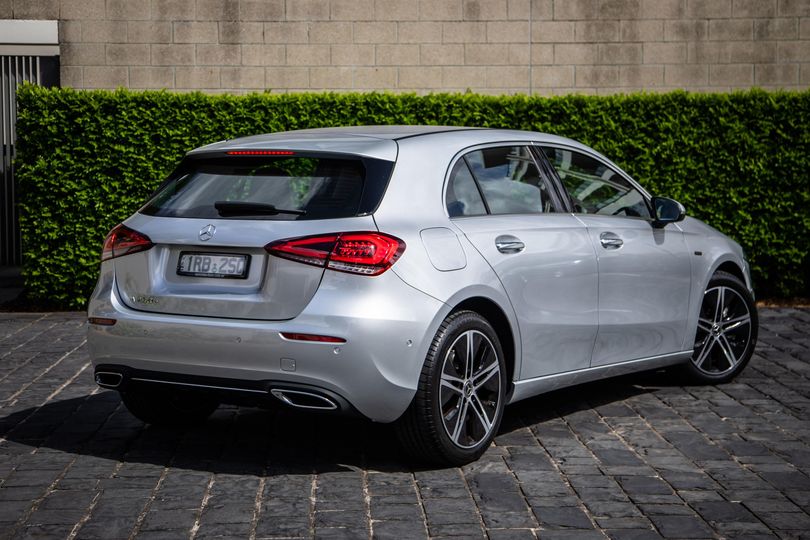
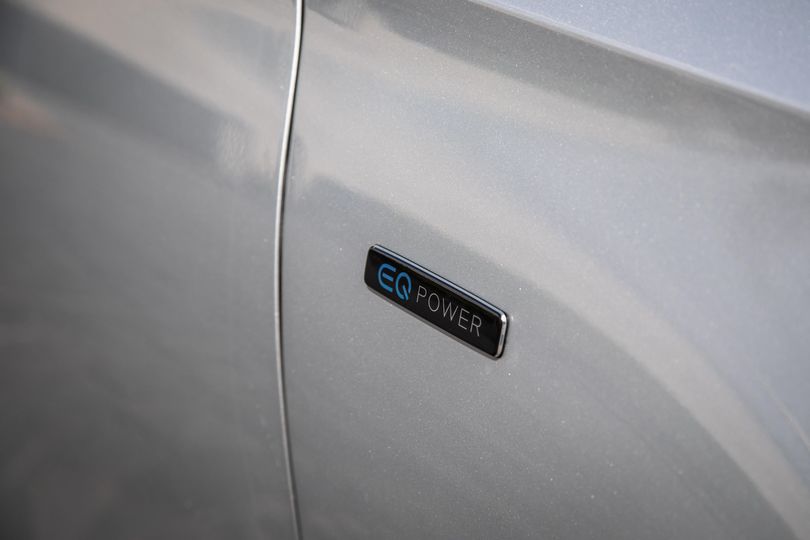
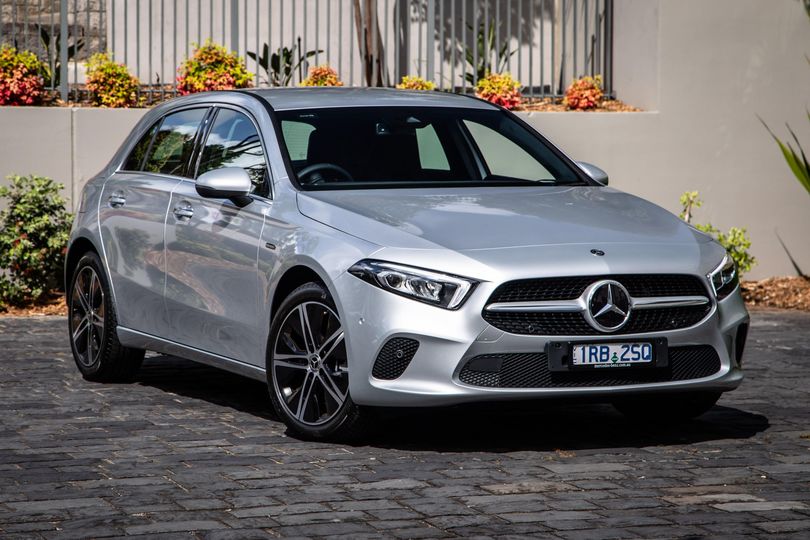
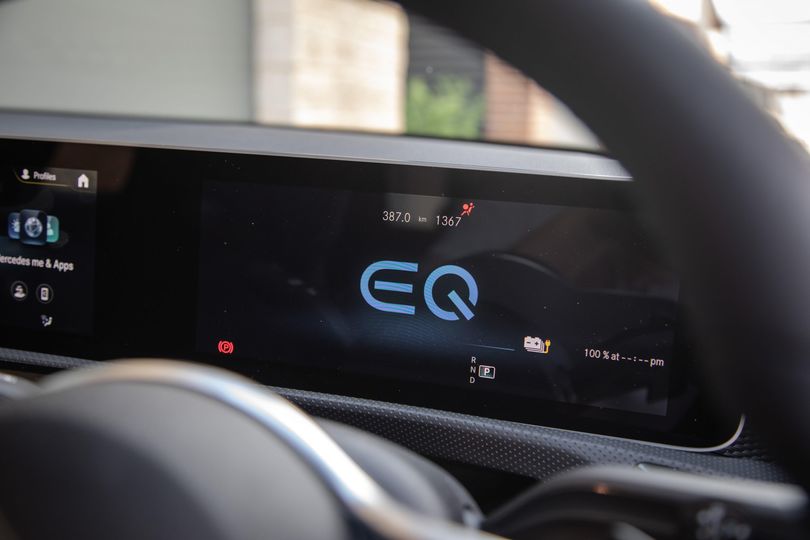
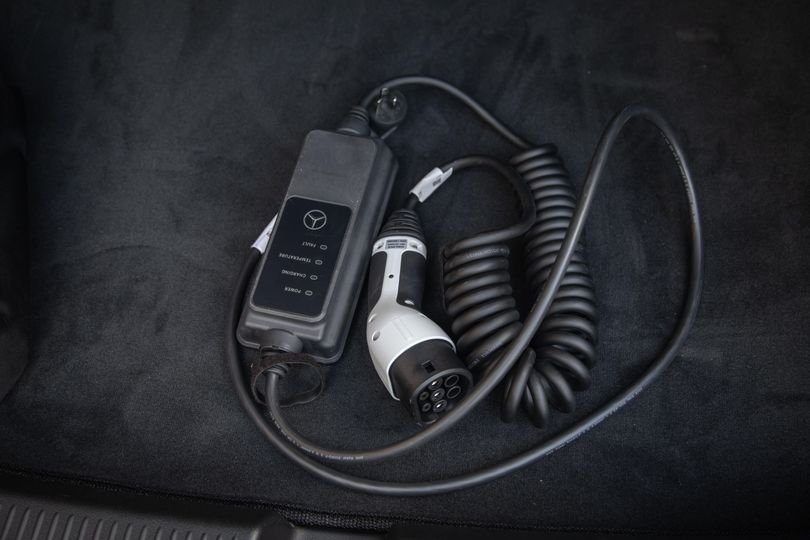
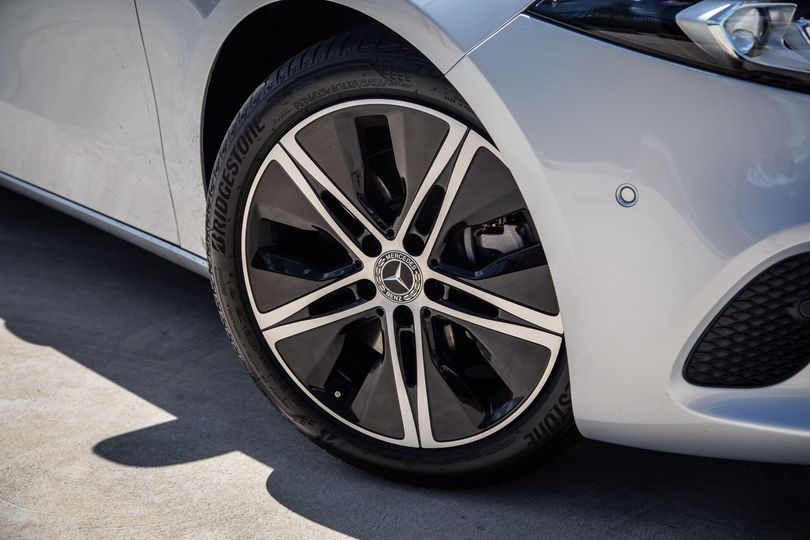
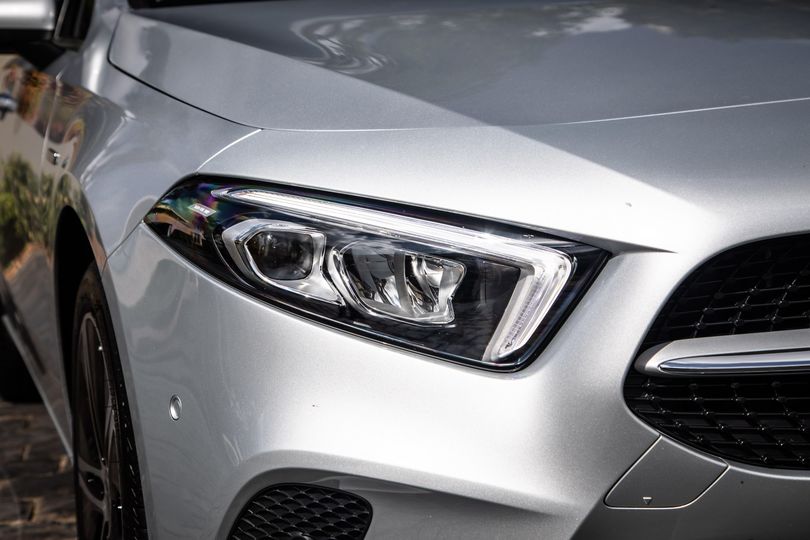
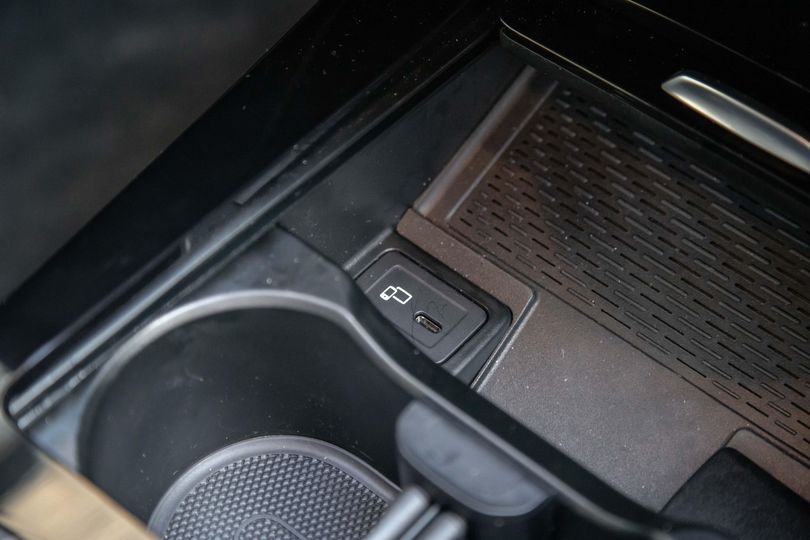
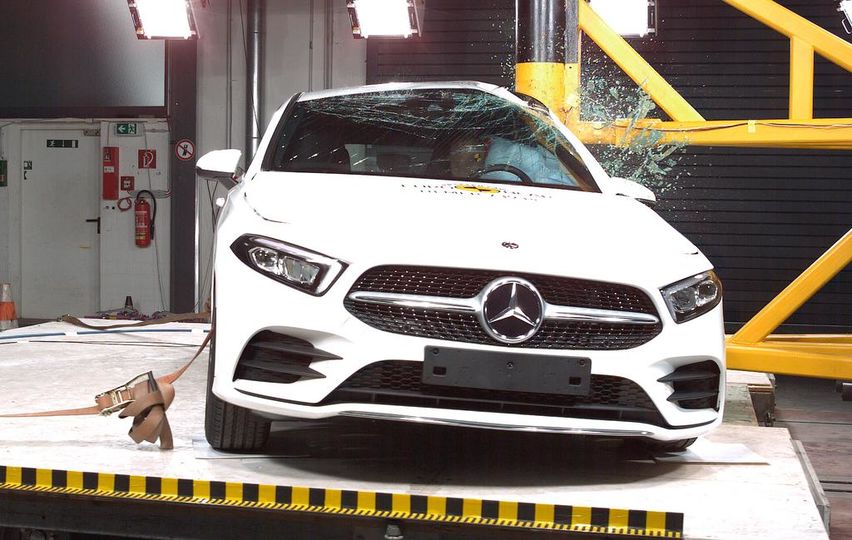
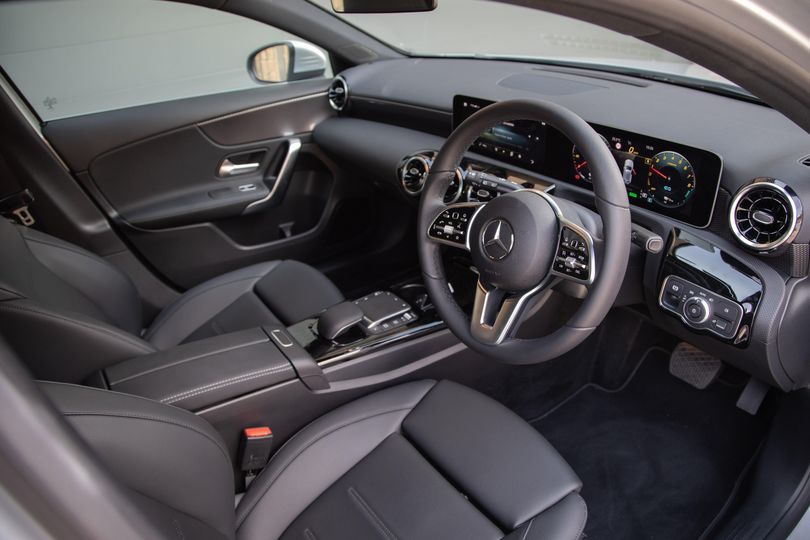
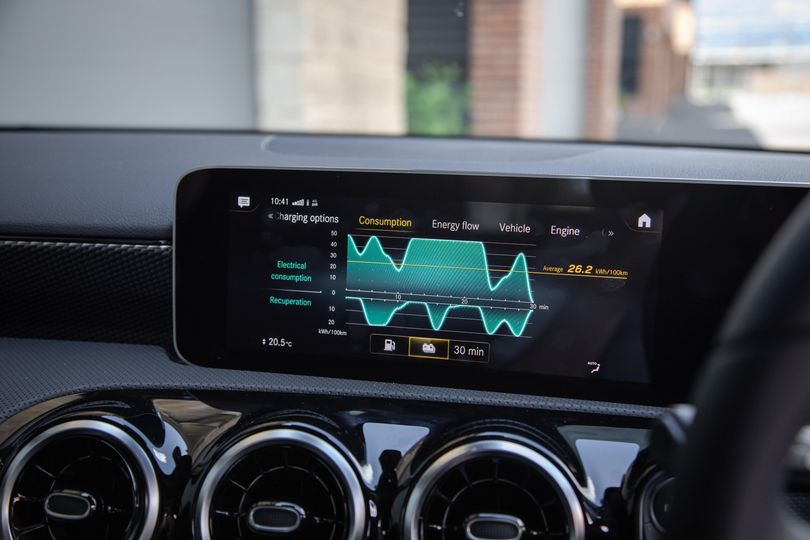
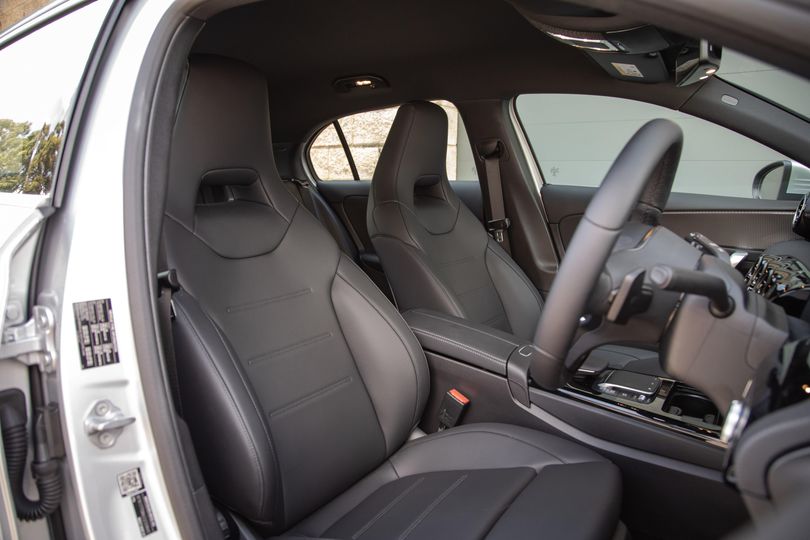
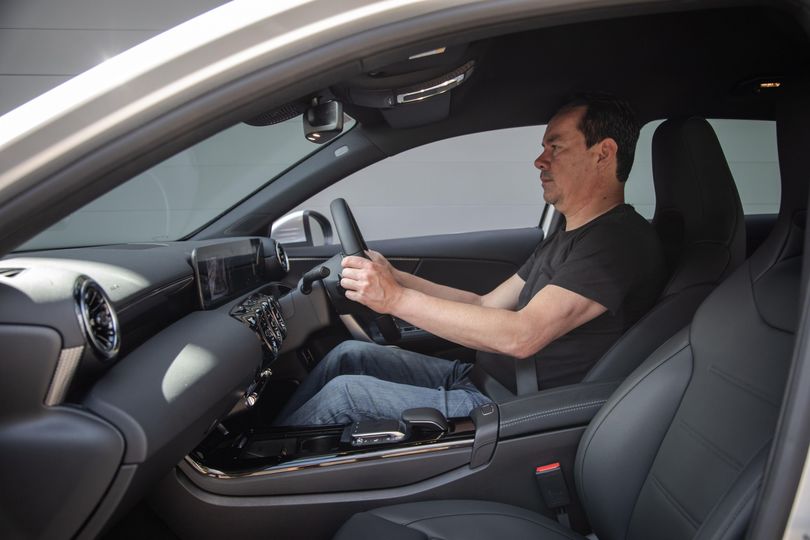
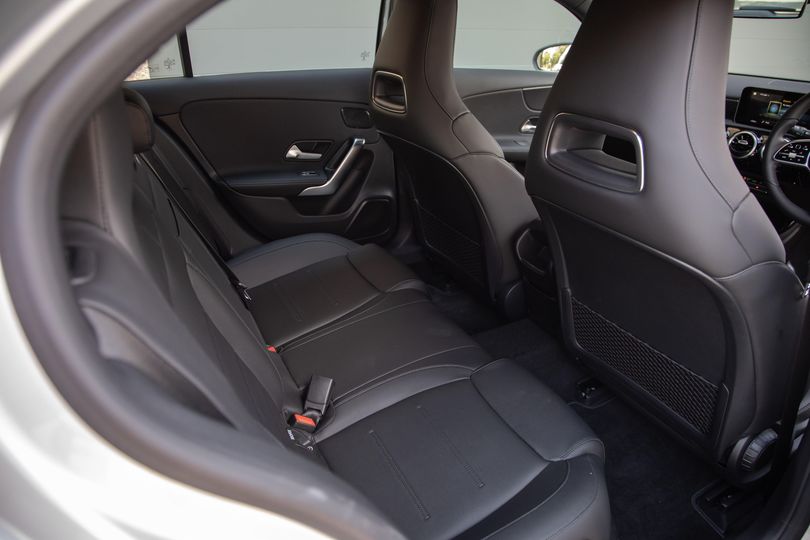
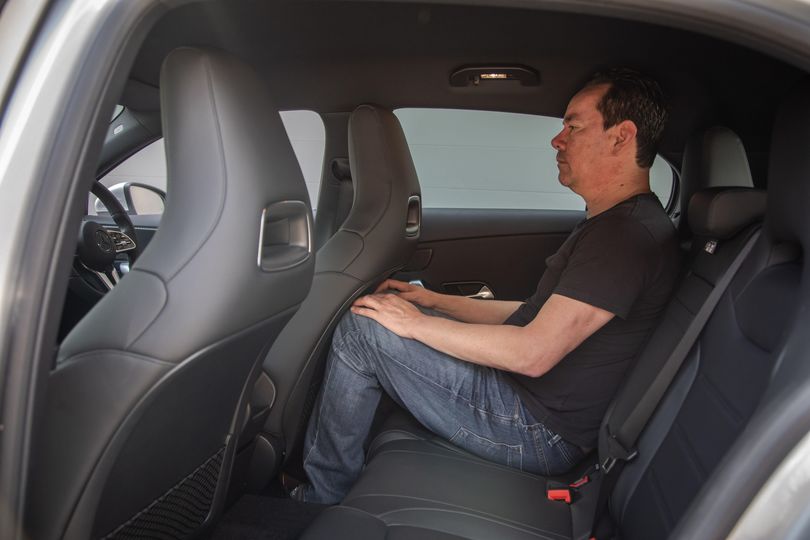
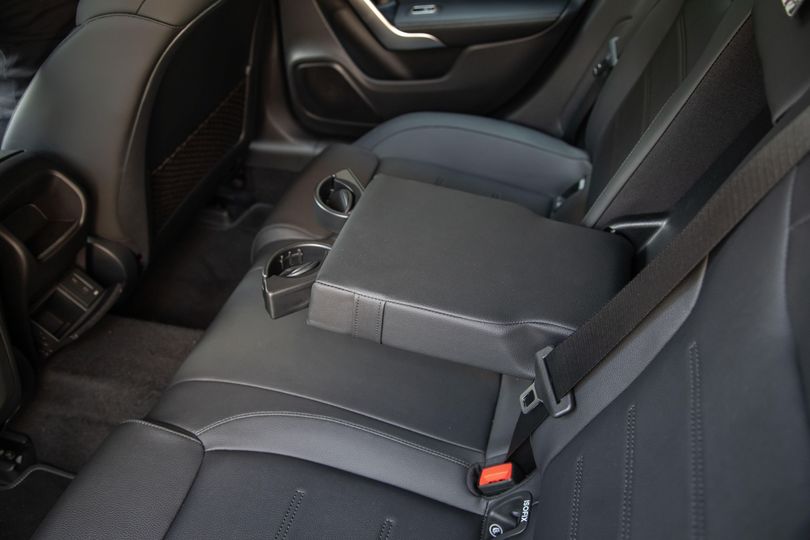
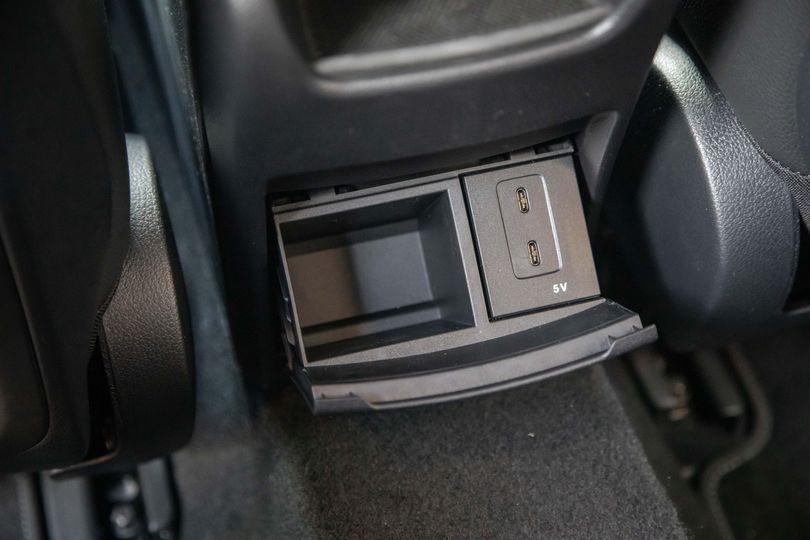
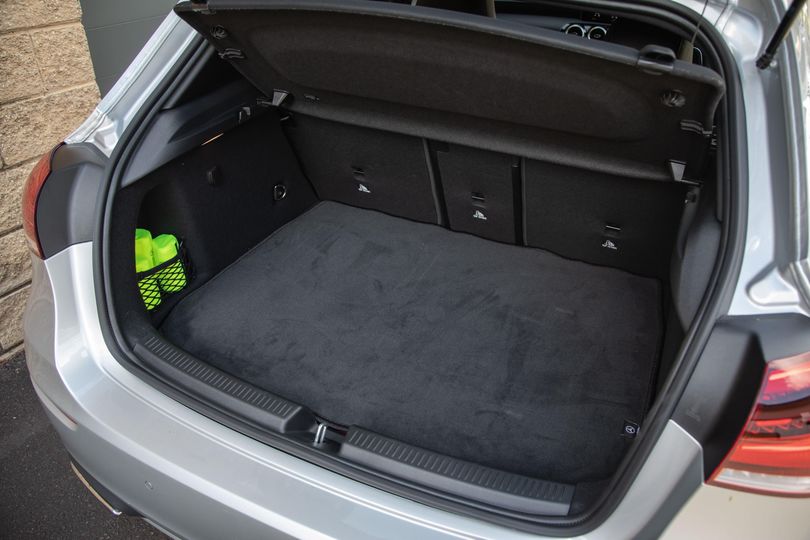
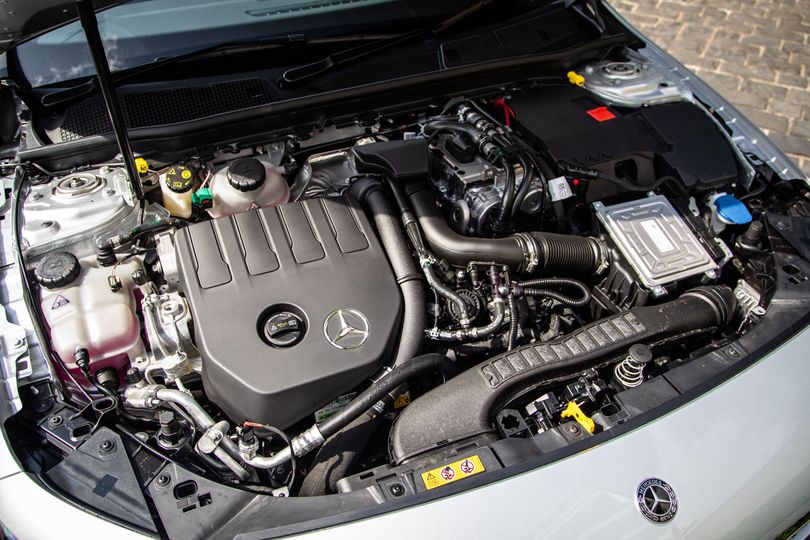
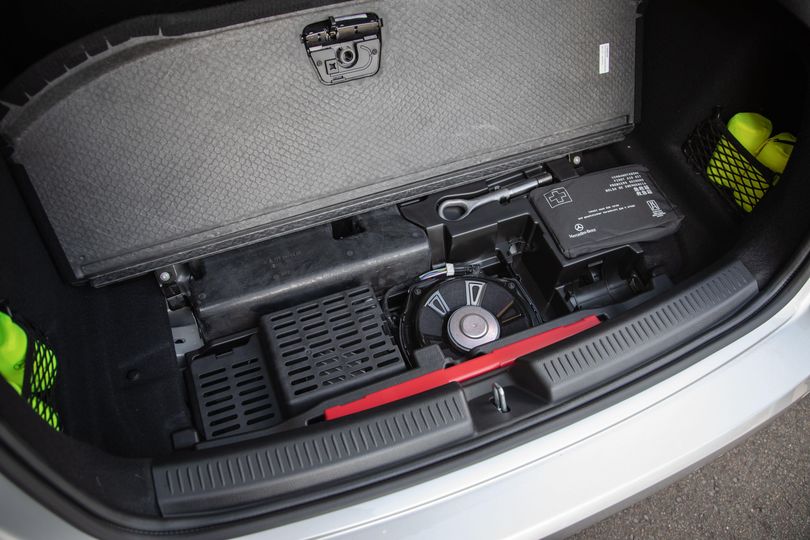
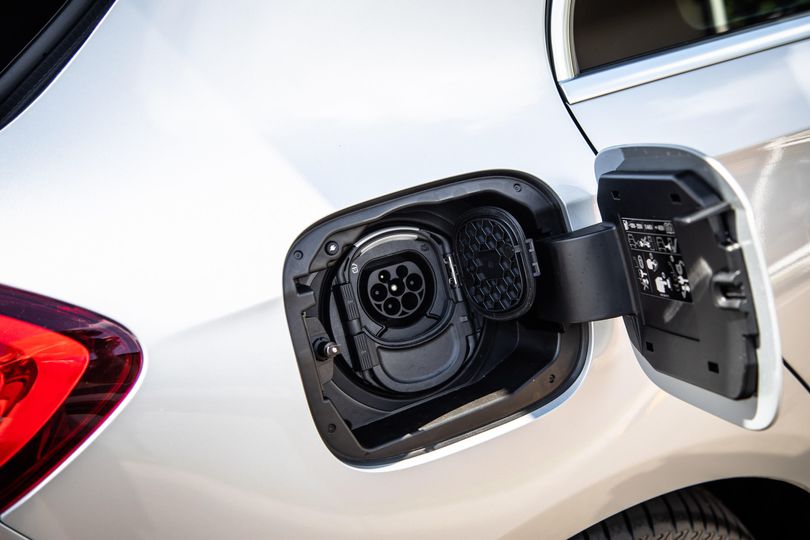
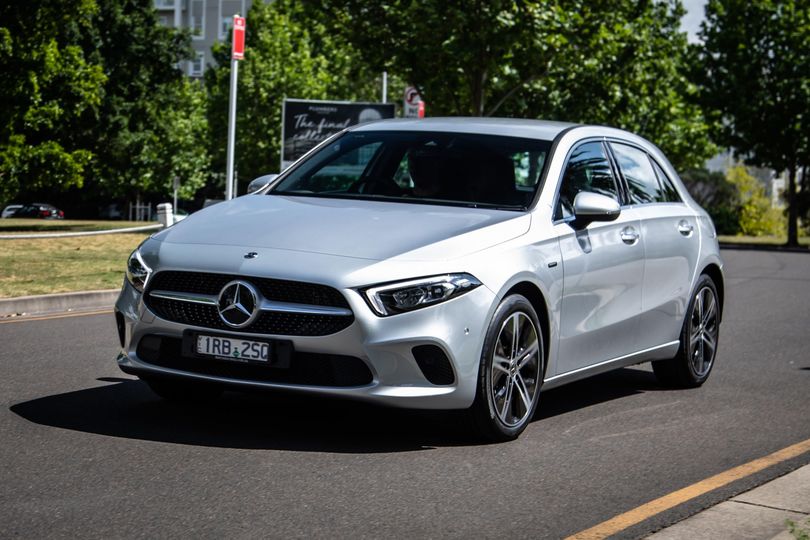
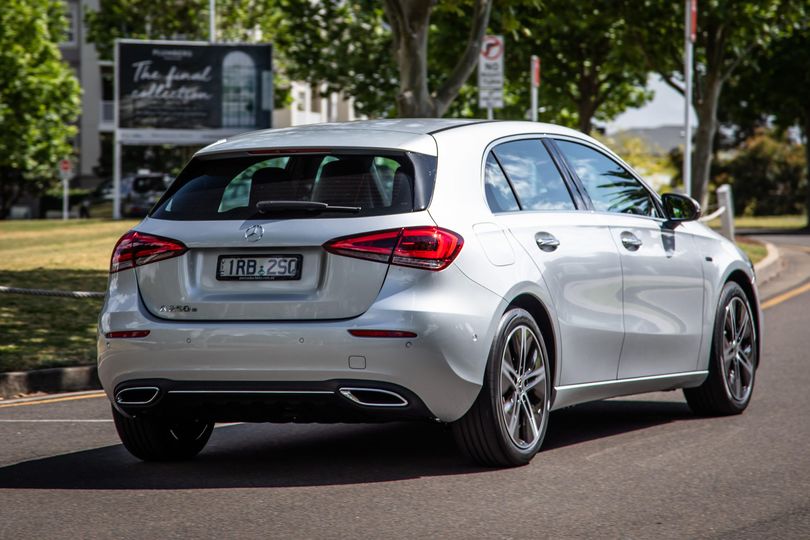
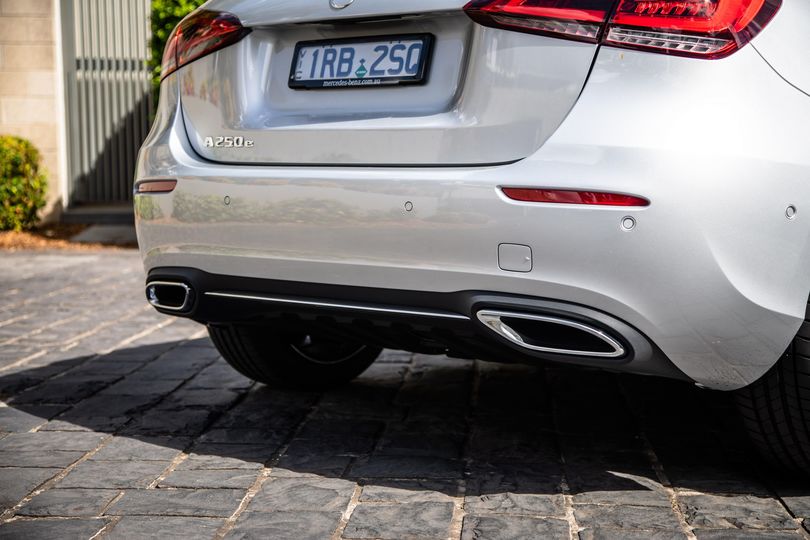

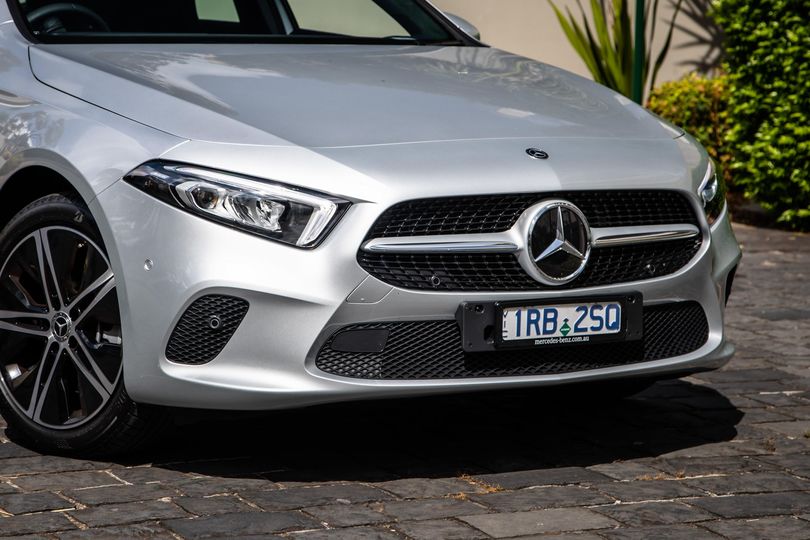


Hi Guest, join in the discussion on Review: 2021 Mercedes-Benz A250e plug-in hybrid